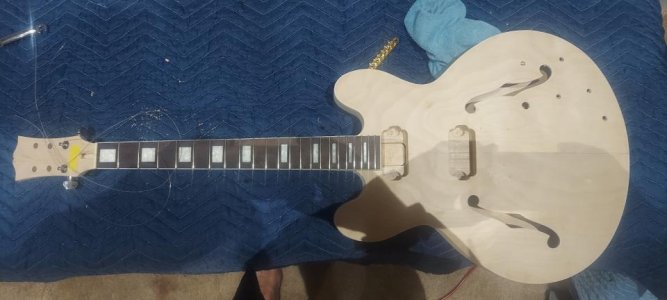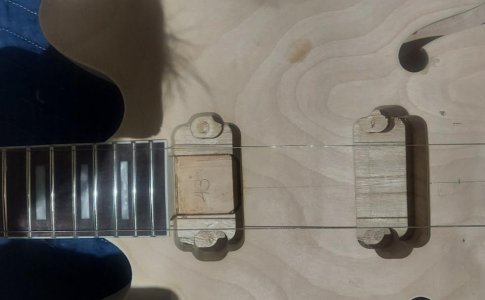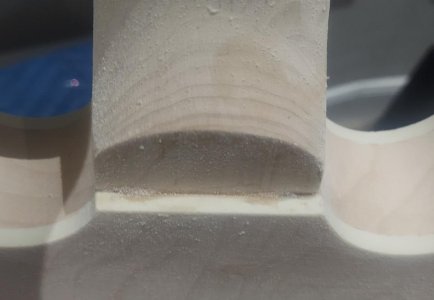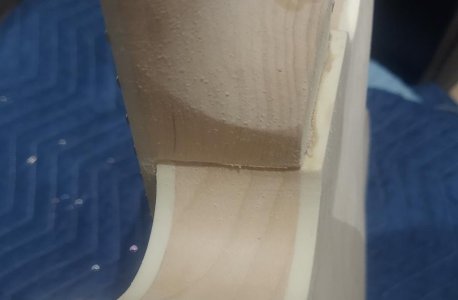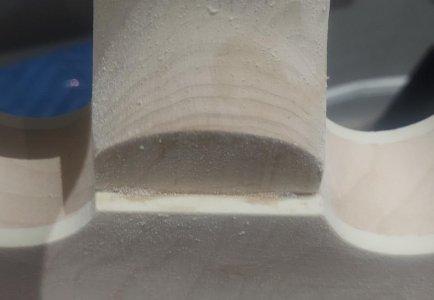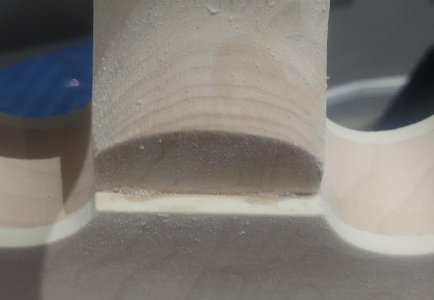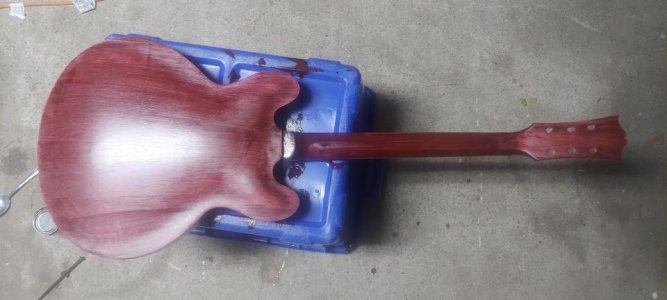ThreeChordWonder
New member
My rattle can skills are abysmal so the plan for the 335 kit I received yesterday is either natural mahogany with wipe on poly over or cherry red then wipe on poly over.
Can anyone recommend a wood stain that will give me that Gibson cherry red look?
Also, can anyone suggest a wood filler that will go into the gaps in the neck joint, sand to a fine feathered edge and take stain?
I glued the neck in pretty much dead straight but the joint isn't exactly air tight down the sides. If I have to use Bondo I will probably end up staining the edge of the body black to mask it, which I don't want to do if I can avoid it.
Pictures tomorrow.
Thanks in advance.
Can anyone recommend a wood stain that will give me that Gibson cherry red look?
Also, can anyone suggest a wood filler that will go into the gaps in the neck joint, sand to a fine feathered edge and take stain?
I glued the neck in pretty much dead straight but the joint isn't exactly air tight down the sides. If I have to use Bondo I will probably end up staining the edge of the body black to mask it, which I don't want to do if I can avoid it.
Pictures tomorrow.
Thanks in advance.

